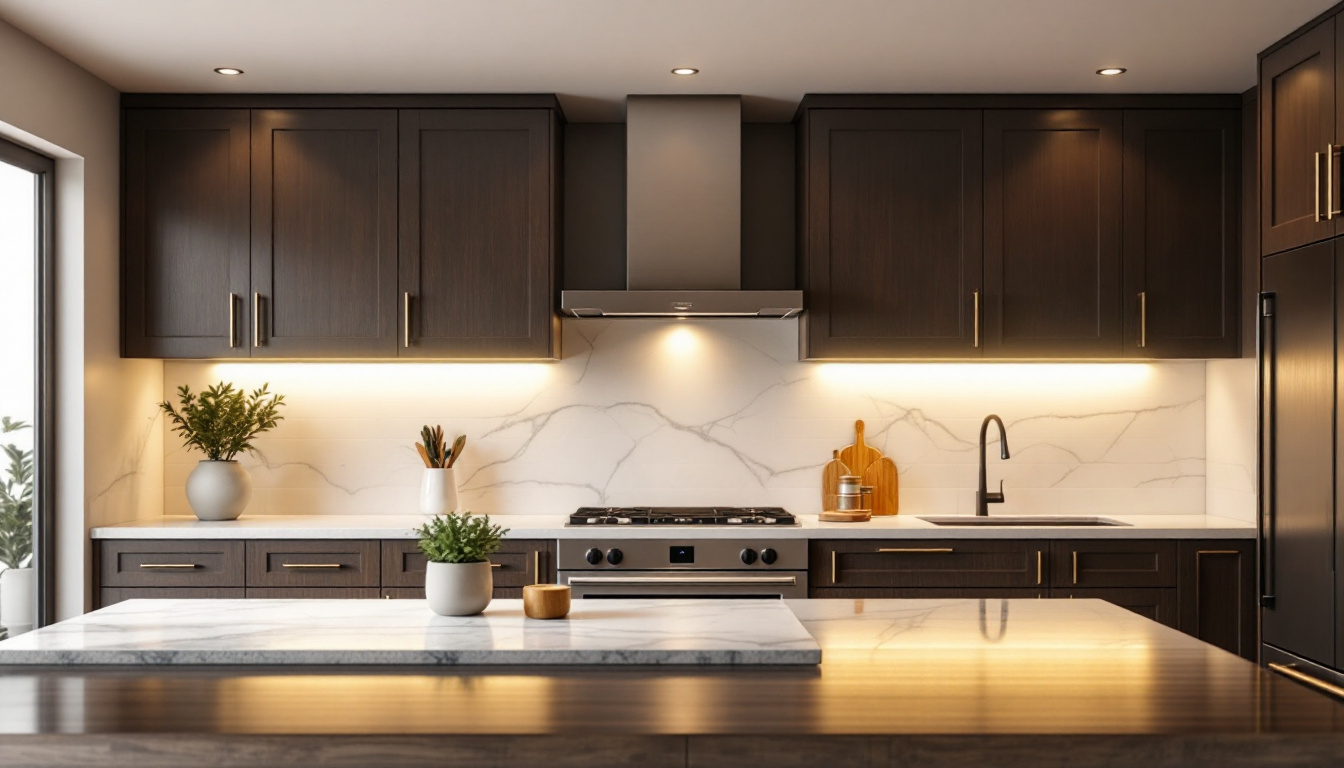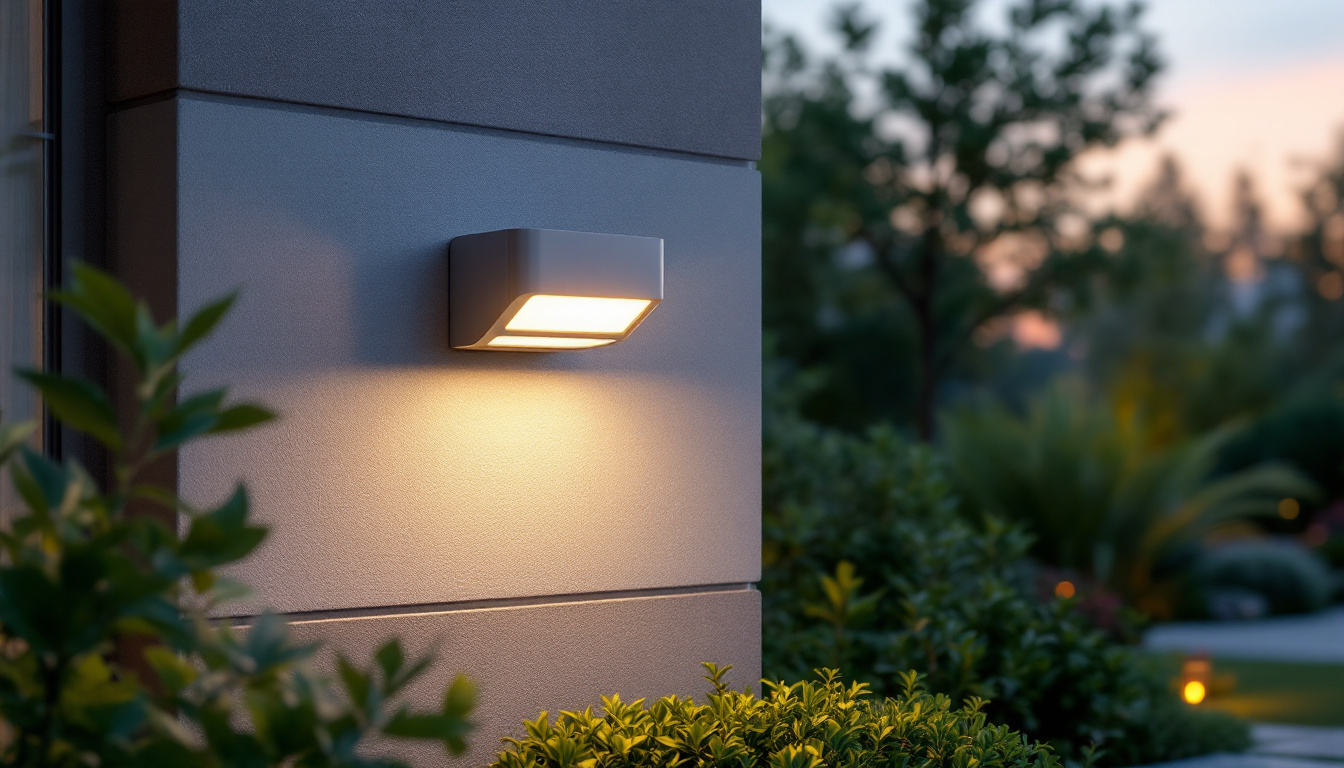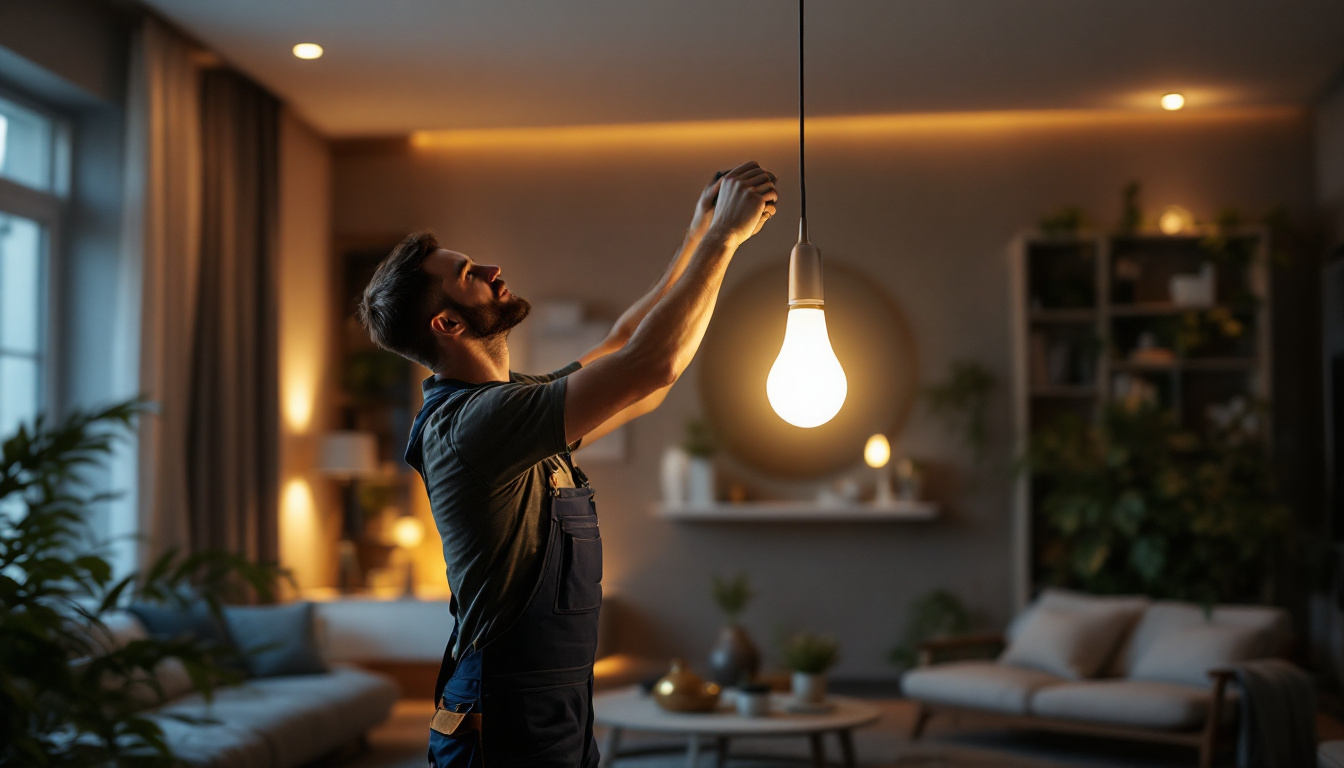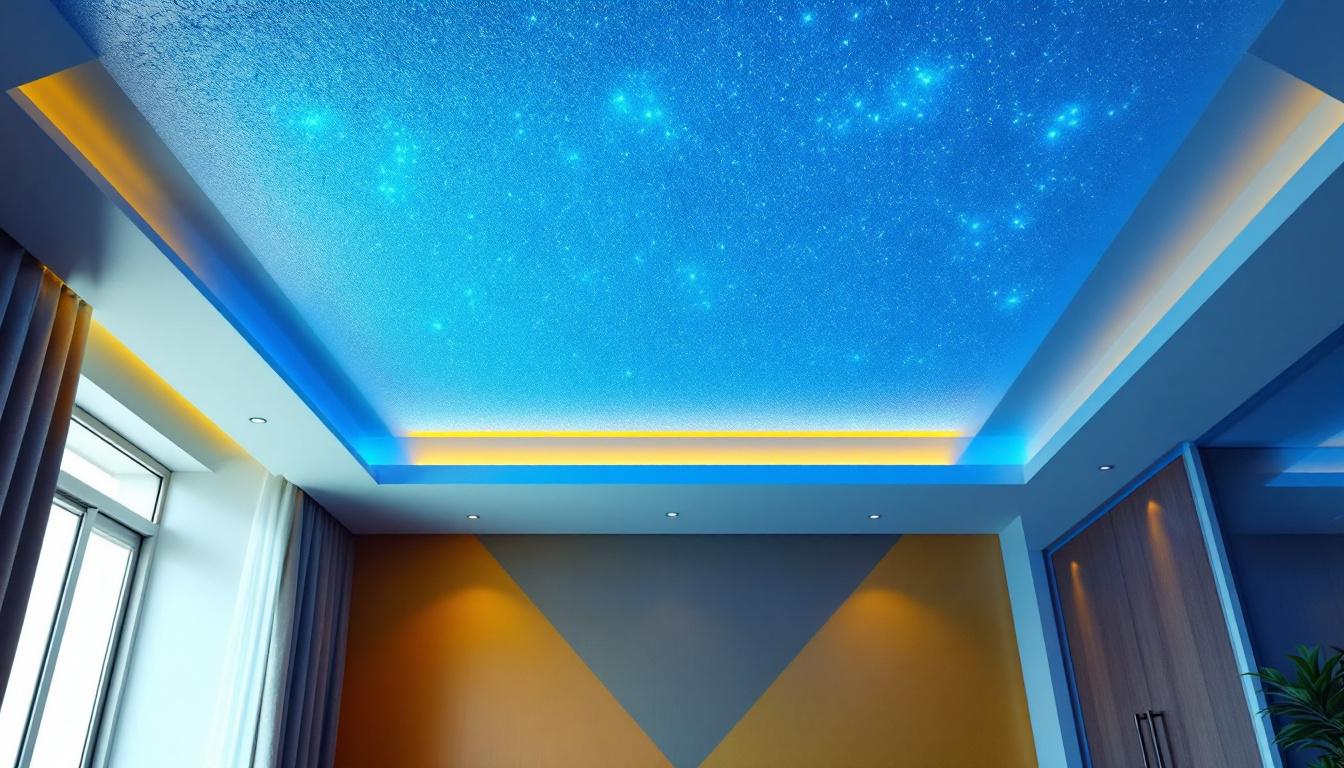
Recessed lighting has become a staple in modern kitchen design, offering a sleek and unobtrusive way to illuminate spaces. However, despite its popularity, many lighting contractors fall prey to common pitfalls when installing recessed lighting in kitchens. Understanding these mistakes can not only enhance the quality of the work but also improve client satisfaction and reduce the need for costly revisions. This article delves into the most frequent errors made by lighting contractors and offers insights on how to avoid them.
One of the most critical steps in any lighting project is understanding the space being illuminated. Many contractors rush into installations without thoroughly assessing the kitchen’s layout, dimensions, and functional requirements. This oversight can lead to poorly placed fixtures that do not provide adequate lighting where it is most needed.
Before installation, it is essential to consider the kitchen’s workflow. Areas such as countertops, islands, and cooking zones require more focused lighting. By mapping out these areas, contractors can create a lighting plan that enhances both functionality and aesthetics. Utilizing design software or simple sketches can help visualize the placement of fixtures and their impact on the overall space. Additionally, taking into account the natural light sources, such as windows and skylights, can further inform the lighting strategy. This holistic approach ensures that the artificial lighting complements the natural light, creating a balanced and inviting atmosphere throughout the day.
Another common mistake is selecting inappropriate fixtures for the kitchen environment. Not all recessed lights are created equal; some are better suited for high ceilings while others are designed for lower spaces. Additionally, the color temperature of the bulbs can significantly affect the kitchen’s ambiance. Warm white light is generally preferred for creating a welcoming atmosphere, while cooler tones may be more suitable for task-oriented areas.
Contractors should also consider the beam angle of the fixtures. A narrow beam can create focused lighting, while a wider beam offers more general illumination. Understanding these characteristics can help in selecting the right fixtures that meet both aesthetic and functional needs. Furthermore, integrating dimmable options can provide flexibility, allowing homeowners to adjust the lighting according to different activities and moods. This adaptability is particularly beneficial in kitchens, where the lighting needs can vary dramatically from meal prep to entertaining guests. Also, exploring energy-efficient options, such as LED fixtures, not only reduces electricity costs but also contributes to a more sustainable environment, making it a win-win for both contractors and homeowners alike.
Proper spacing and alignment of recessed lights are crucial for achieving uniform lighting throughout the kitchen. A common mistake is placing fixtures too far apart or too close together, which can lead to uneven illumination and dark spots. Ideally, fixtures should be spaced based on the height of the ceiling and the beam angle of the bulbs. A general rule of thumb is to space the lights approximately 4 to 6 feet apart for optimal coverage.
Additionally, aligning fixtures with key features in the kitchen, such as cabinets, countertops, and islands, can enhance the visual appeal. A misalignment can create a disjointed look and diminish the overall effect of the lighting design.
The height at which recessed lights are installed plays a significant role in their effectiveness. Installing lights too high can result in insufficient illumination, while placing them too low can create glare and discomfort. The ideal height for recessed lighting in kitchens typically ranges from 7 to 9 feet above the floor, depending on the specific design and ceiling height.
Contractors should also consider the purpose of the lighting. For task lighting, such as over a kitchen island, fixtures may need to be positioned lower to provide adequate illumination for food preparation and cooking. Conversely, general lighting can be installed higher to create a more diffused effect.
Many lighting contractors overlook the benefits of incorporating dimmer switches into their recessed lighting designs. Dimming capabilities allow homeowners to adjust the brightness of the lights according to their needs, whether they are cooking, entertaining, or enjoying a quiet meal. This flexibility can significantly enhance the functionality of the kitchen space.
Moreover, using dimmers can help in energy conservation, as they allow for lower energy consumption when full brightness is not necessary. Contractors should educate clients on the advantages of dimming options and recommend compatible fixtures that work seamlessly with these controls.
As smart home technology continues to evolve, integrating recessed lighting with smart systems has become increasingly popular. However, some contractors fail to consider compatibility when selecting fixtures and controls. Ensuring that recessed lights can be easily integrated into a smart home system not only adds value to the installation but also enhances the user experience.
Contractors should stay informed about the latest smart lighting technologies and recommend products that offer seamless integration with existing systems. This forward-thinking approach can set a contractor apart in a competitive market.
Electrical considerations are paramount when installing recessed lighting. A common mistake is failing to assess the load capacity of existing circuits. Overloading a circuit can lead to tripped breakers and potential fire hazards. Contractors should evaluate the electrical system before installation and ensure that it can handle the additional load from recessed fixtures.
In some cases, it may be necessary to install a dedicated circuit for the recessed lighting to ensure safety and reliability. This proactive approach can prevent future complications and enhance client trust in the contractor’s expertise.
Proper wiring techniques are essential for the safety and functionality of recessed lighting. Contractors must ensure that all wiring is compliant with local codes and regulations. A common oversight is using inadequate wire gauge, which can lead to overheating and potential electrical failures.
Additionally, ensuring that all connections are secure and properly insulated can prevent issues down the line. Contractors should take the time to double-check their work and adhere to best practices in electrical installation to guarantee a safe and effective lighting solution.
While functionality is crucial, aesthetics should not be overlooked. Recessed lighting can significantly influence the overall design of a kitchen. A common mistake is choosing fixtures that clash with the kitchen’s style or color scheme. Contractors should consider the design elements of the kitchen, including cabinetry, countertops, and flooring, when selecting recessed lights.
By integrating the lighting design with the overall aesthetic, contractors can create a cohesive look that enhances the kitchen’s appeal. This attention to detail can lead to higher client satisfaction and positive referrals.
The finishing touches, such as trim styles and colors, can also impact the visual outcome of recessed lighting. Many contractors neglect to consider how these elements will appear once installed. Choosing trim that complements the kitchen’s design can elevate the overall appearance and create a polished look.
Contractors should offer clients a selection of trim options and guide them in making choices that align with their vision for the space. This collaborative approach can foster a sense of ownership and pride in the final result.
Recessed lighting fixtures can require maintenance over time, particularly when it comes to bulb replacement. A common oversight is installing fixtures in locations that are difficult to access. Contractors should ensure that all recessed lights are placed in areas where homeowners can easily reach them for maintenance.
In some cases, it may be beneficial to recommend LED bulbs that have a longer lifespan, reducing the frequency of replacements. Educating clients about the maintenance needs of their lighting can help set realistic expectations and enhance their overall experience.
Contractors should also consider the long-term performance of the lighting solutions they install. Selecting high-quality fixtures and components can lead to greater durability and reduced maintenance needs. This investment in quality can pay off in the long run, as clients will appreciate the reliability and performance of their recessed lighting.
By prioritizing long-term performance, contractors can build a reputation for excellence and reliability in their work, leading to repeat business and referrals.
Effective communication with clients is essential throughout the lighting installation process. A common mistake is failing to set clear expectations regarding timelines, costs, and the overall scope of the project. Contractors should take the time to discuss these elements with clients upfront, ensuring that everyone is on the same page.
By maintaining open lines of communication, contractors can address any concerns or questions that arise during the project. This proactive approach can help build trust and foster a positive working relationship.
After the installation is complete, many contractors neglect to follow up with clients. A simple check-in can go a long way in demonstrating commitment to customer satisfaction. Contractors should inquire about the performance of the recessed lighting and address any issues that may have arisen.
This follow-up not only reinforces the contractor’s dedication to quality but also provides an opportunity for feedback and potential future work. Clients who feel valued are more likely to recommend the contractor to others, enhancing the contractor’s reputation in the industry.
Recessed kitchen lighting can transform a space when executed correctly. By avoiding common mistakes, lighting contractors can enhance their installations, improve client satisfaction, and establish a reputation for quality work. From meticulous planning and design to effective communication and maintenance considerations, attention to detail is key in delivering exceptional recessed lighting solutions. By learning from the pitfalls of others, contractors can elevate their craft and create beautiful, functional kitchens that meet the needs of their clients.
Ready to avoid the common pitfalls of recessed kitchen lighting and take your projects to the next level? At LumenWholesale, we provide lighting contractors with the high-quality, spec-grade lighting products you need to succeed. With our unbeatable wholesale prices and commitment to cutting out the middleman, you can trust that you’re getting the best value for your investment. Our extensive selection not only meets but exceeds industry standards, ensuring that every installation shines with reliability and performance. Plus, with the convenience of free shipping on bulk orders, you can stock up on premium lighting without worrying about hidden fees or compromises. Elevate your craft and delight your clients by choosing Wholesale Lighting at the Best Value with LumenWholesale.

Discover how motion sensor outdoor lights are revolutionizing lighting design and installation.

Discover how choosing the right lamp bulbs can illuminate new business opportunities for lighting contractors.

Discover why lighting contractors are turning to high bay LED lights with 30,000 lumens for superior illumination.

Discover the true cost of drop-down ceilings and why understanding these expenses is crucial for lighting contractors.